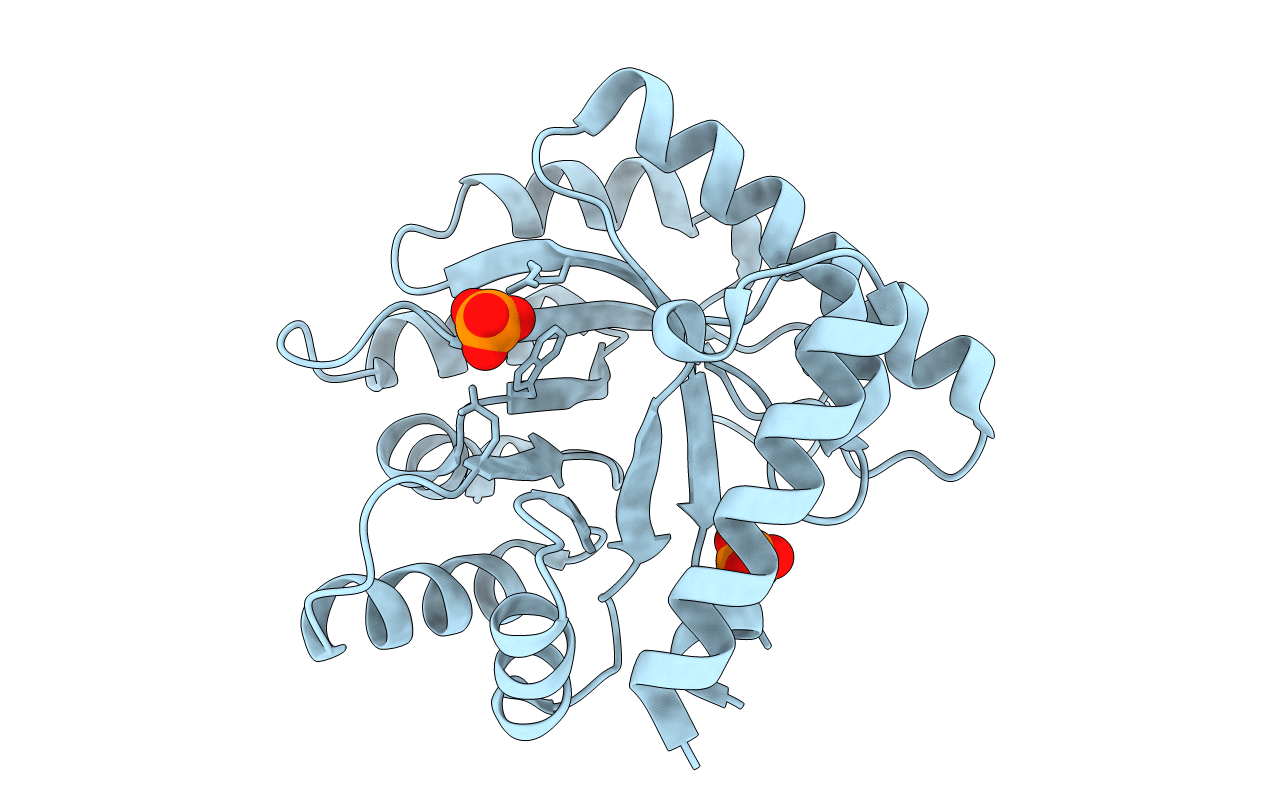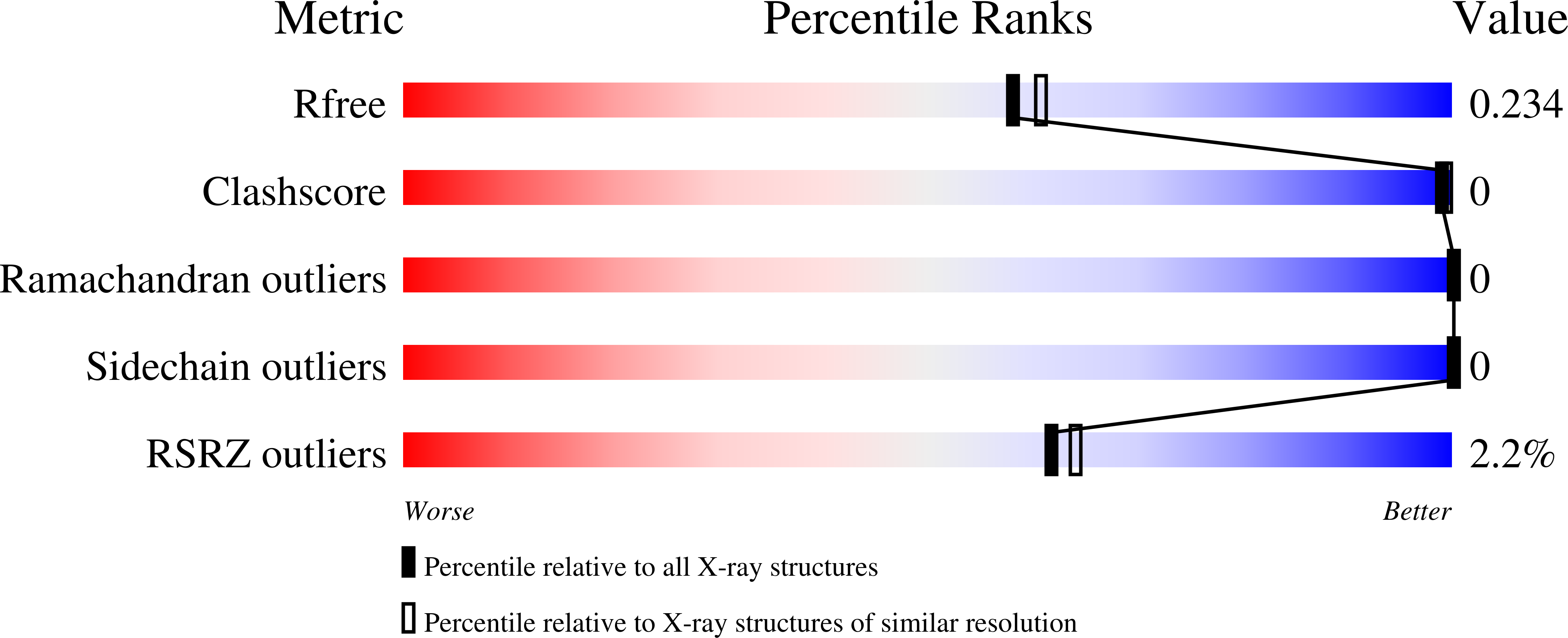
Deposition Date
2022-03-14
Release Date
2022-03-23
Last Version Date
2023-10-18
Entry Detail
PDB ID:
7UAX
Keywords:
Title:
The crystal structure of the K36A/K38A double mutant of E. coli YGGS in complex with PLP
Biological Source:
Source Organism:
Escherichia coli (Taxon ID: 562)
Host Organism:
Method Details:
Experimental Method:
Resolution:
2.07 Å
R-Value Free:
0.23
R-Value Work:
0.18
R-Value Observed:
0.18
Space Group:
I 41 2 2


